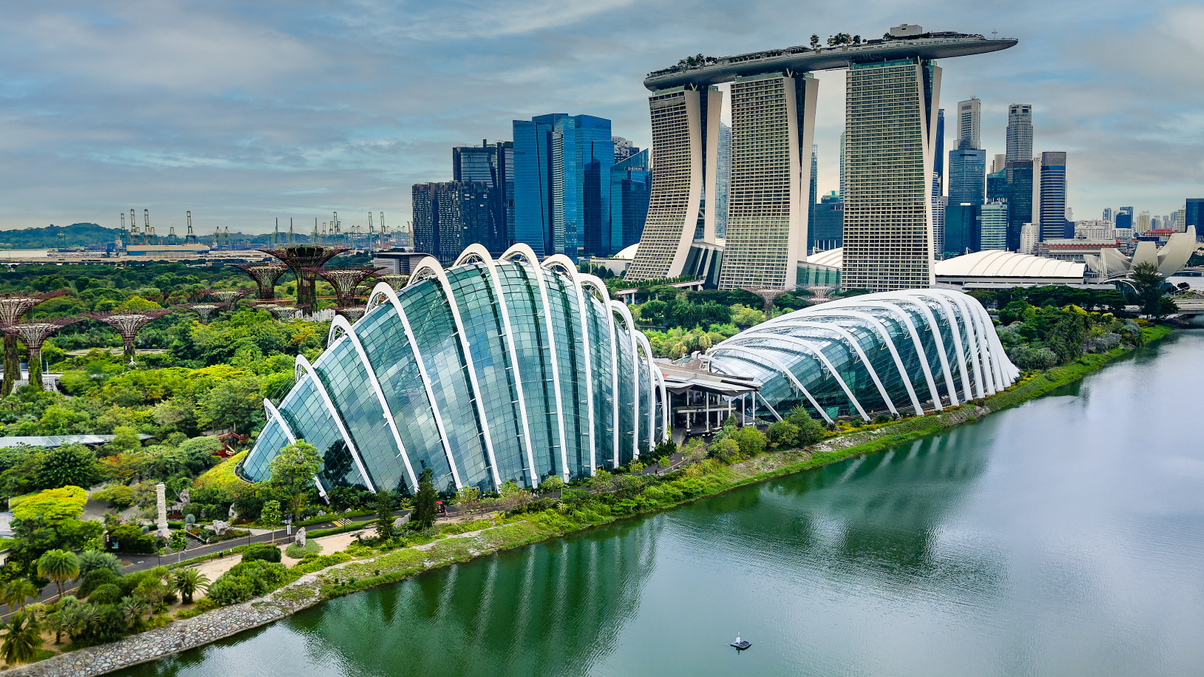Temasek ramps up sustainable living, decarbonisation drive
The Singapore state fund released its first sustainability report outlining top priorities when announcing its annual results.

Temasek is looking to increase its investments in areas that promote sustainable living, focusing on companies whose products and services align with environmental and social objectives.
Sign In to Your Account
Access Exclusive AsianInvestor Content!
Please sign in to your subscription to unlock full access to our premium AI resources.
Free Registration & 7-Day Trial
Register now to enjoy a 7-day free trial—no registration fees required. Click the link to get started.
Note: This free trial is a one-time offer.
¬ Haymarket Media Limited. All rights reserved.


